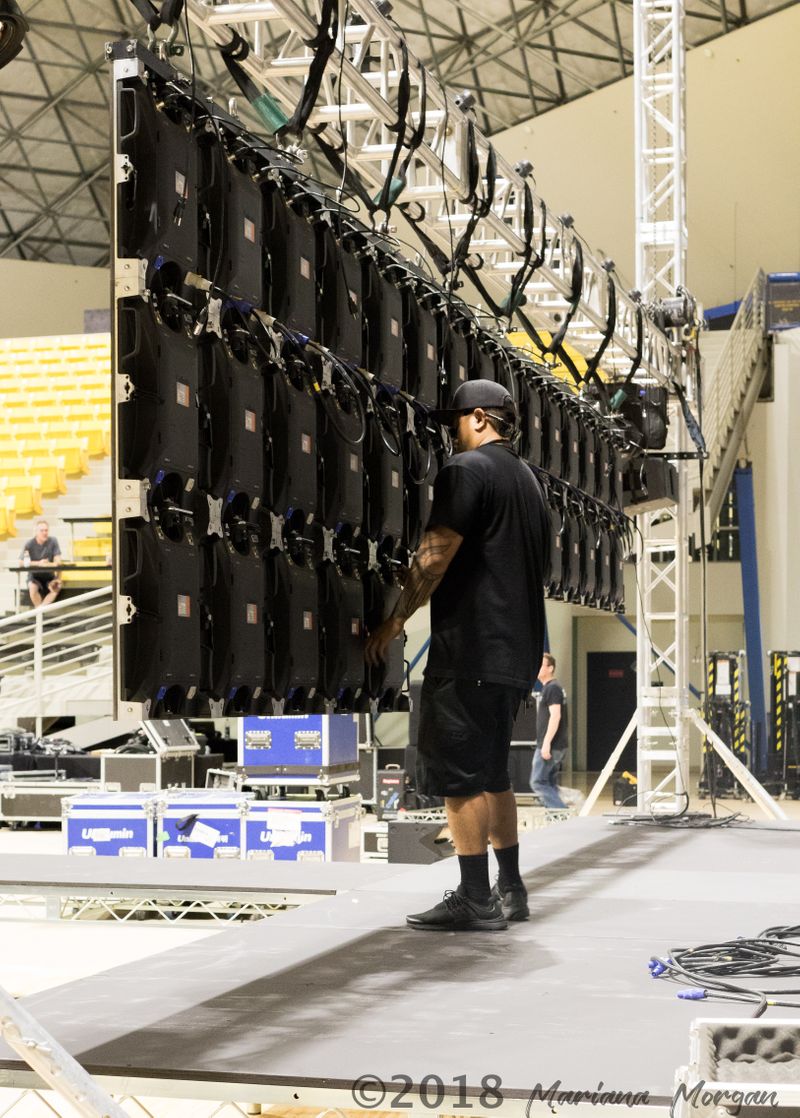Exploring the Crucial Factors That Affect Color Uniformity in LED Wall Screens for Optimal Visual Output
Exploring the Crucial Factors That Affect Color Uniformity in LED Wall Screens for Optimal Visual Output
Blog Article
Hue consistency in LED wall screens is essential for achieving optimal visual performance. light-emitting diode wall screens are commonly used in multiple settings, including concerts, conferences, and promotional showcases. When the hues on these screens are consistent, they create a more engaging and immersive experience for audiences. Several critical elements affect hue consistency, including the quality of the LED components, calibration processes, and surrounding factors.
The caliber of the light-emitting diode elements plays a major role in color consistency. Different types of LEDs emit light at varying wavelengths, which can affect the overall hue output. High-quality LEDs are designed to produce a more uniform light spectrum, leading in improved hue precision. Additionally, the production method of these LEDs can impact their performance. Panels made with superior materials and technology tend to have fewer color variations, guaranteeing that the shown pictures and footage look lively and faithful to reality.
Tuning is another essential factor in maintaining color consistency in LED wall screens. Calibration involves modifying the configurations of the panel to ensure that the hues shown match the desired design. This procedure can consist of fine-tuning brightness, differentiation, and hue balance. Regular tuning is essential, especially in environments where lighting factors vary often. By calibrating the panels, specialists can fix any inconsistencies in color output, resulting to a more consistent observing experience.
Environmental conditions also influence hue consistency in LED wall panels. Elements such as ambient light, heat, and moisture can influence how colors are perceived. For example, intense surrounding light can wash out colors, making them appear more lively. Similarly, harsh temperatures can affect the functionality of the light-emitting diodes, resulting to color shifts. To reduce these issues, it is essential to install light-emitting diode wall screens in managed settings where lighting and temperature can be managed efficiently.
Lastly, the layout and layout of the light-emitting diode wall panels can impact color uniformity. The configuration of the screens, as well as the spacing from which they are viewed, can create variations in color perception. When panels are arranged too distant apart or at different positions, audiences may detect inconsistencies in hue. To obtain the optimal optical output, it is important to consider the placement and alignment of the panels during installation. By tackling these elements, operators can guarantee that their advice LED wall screens provide a uniform and superior visual experience.
